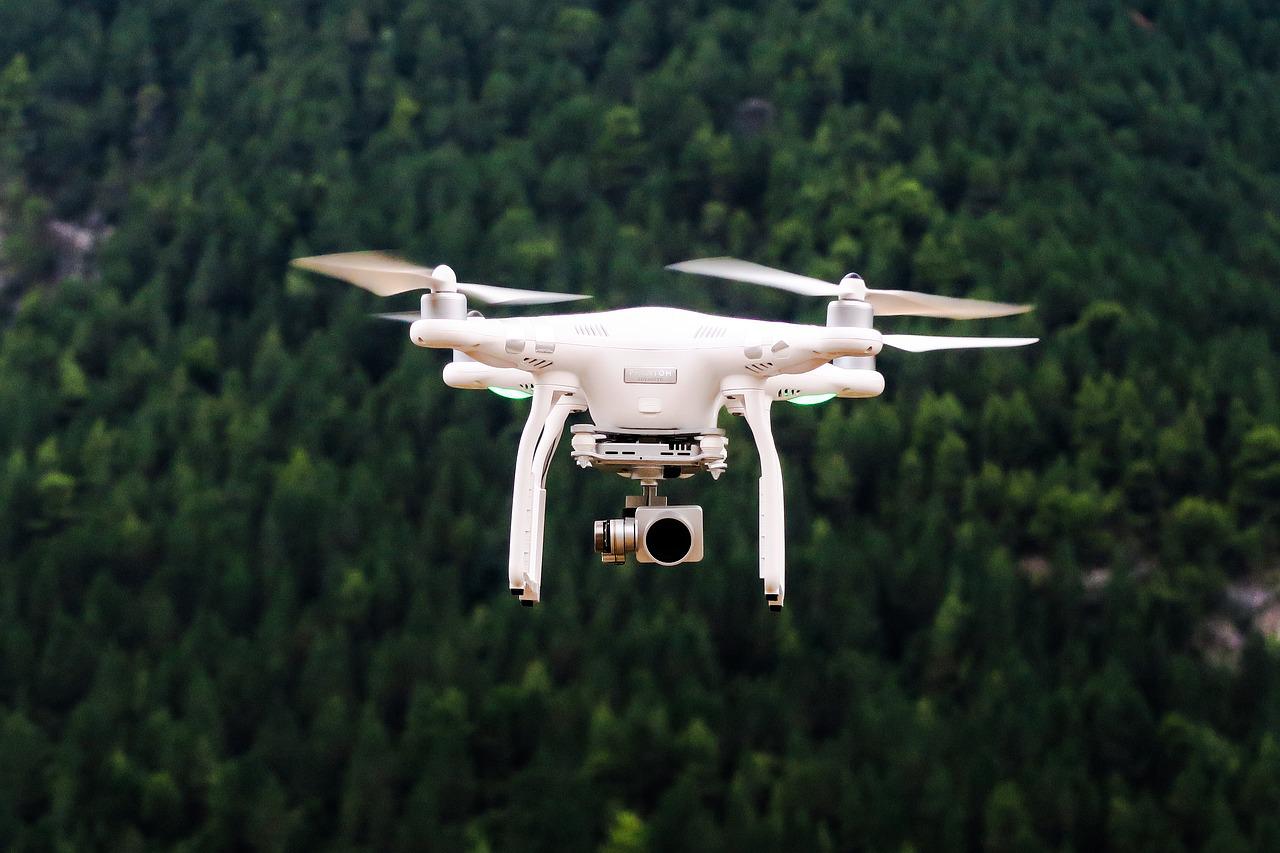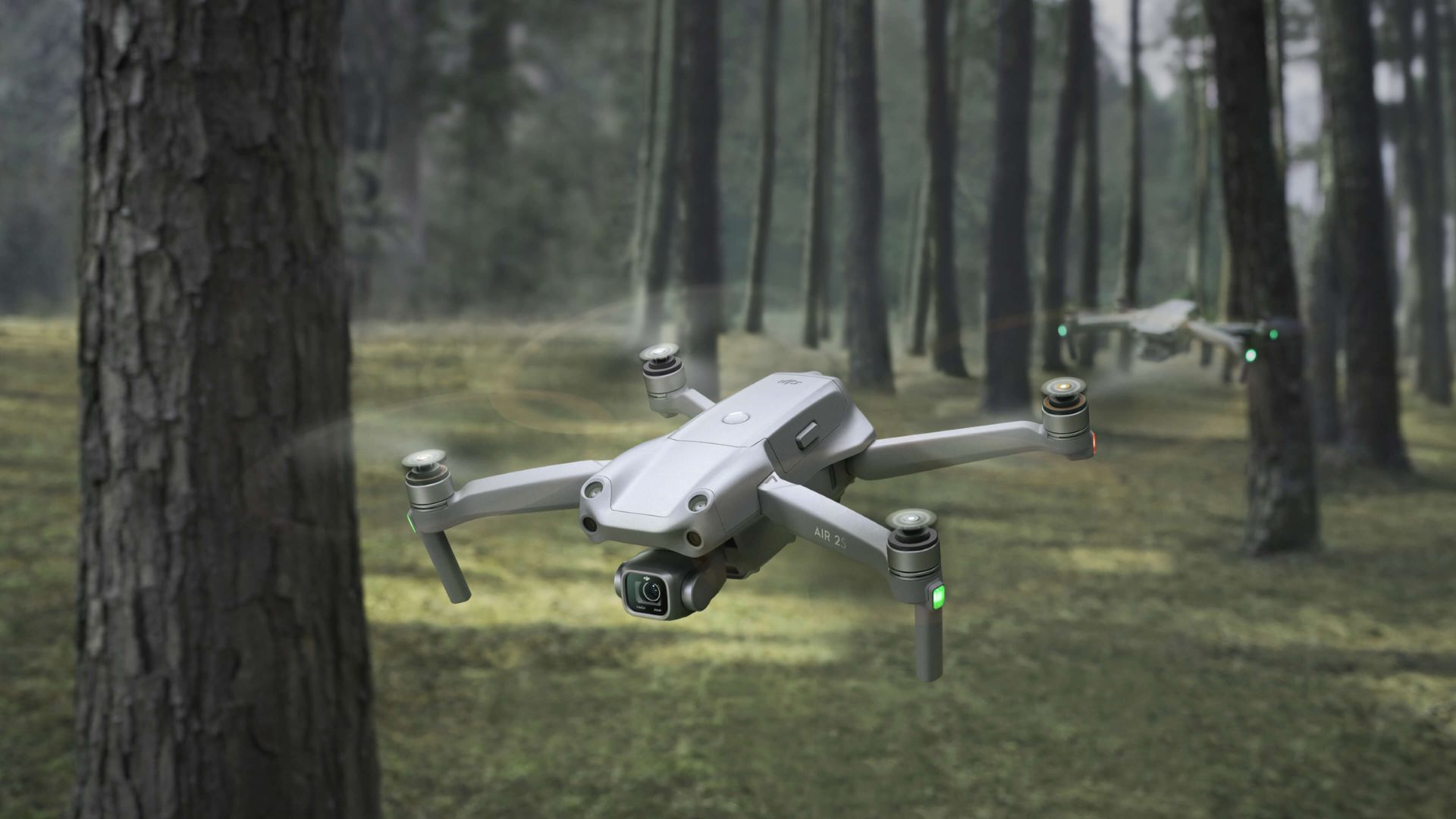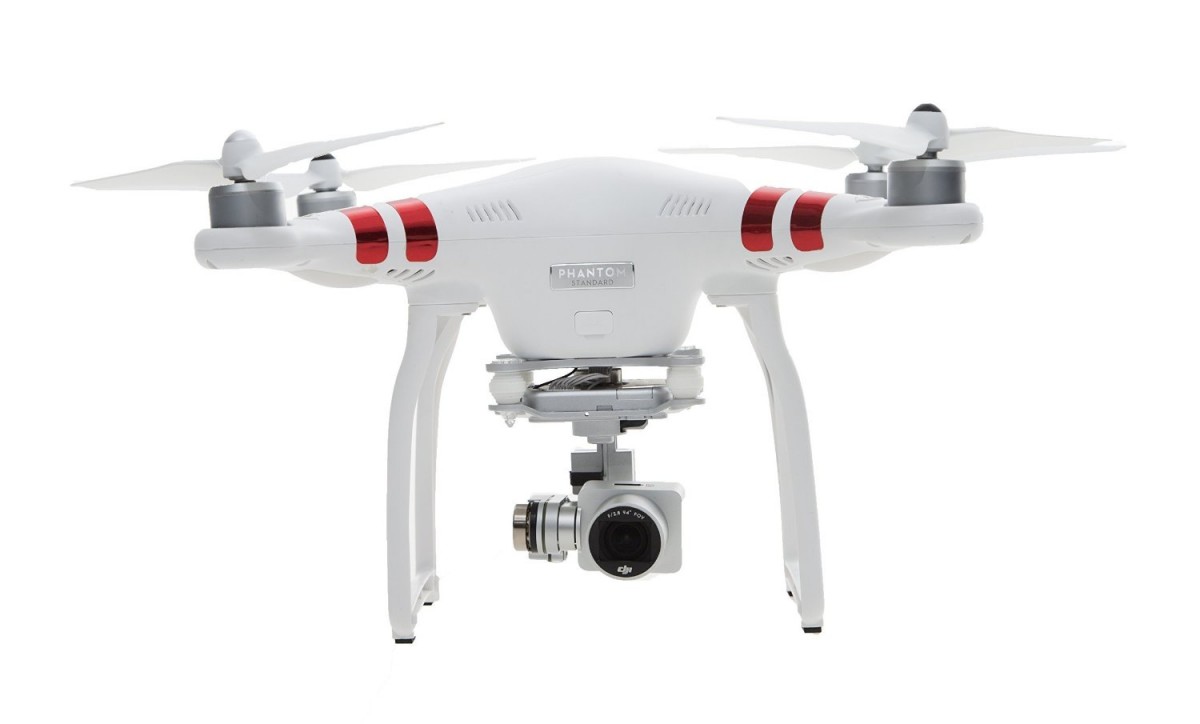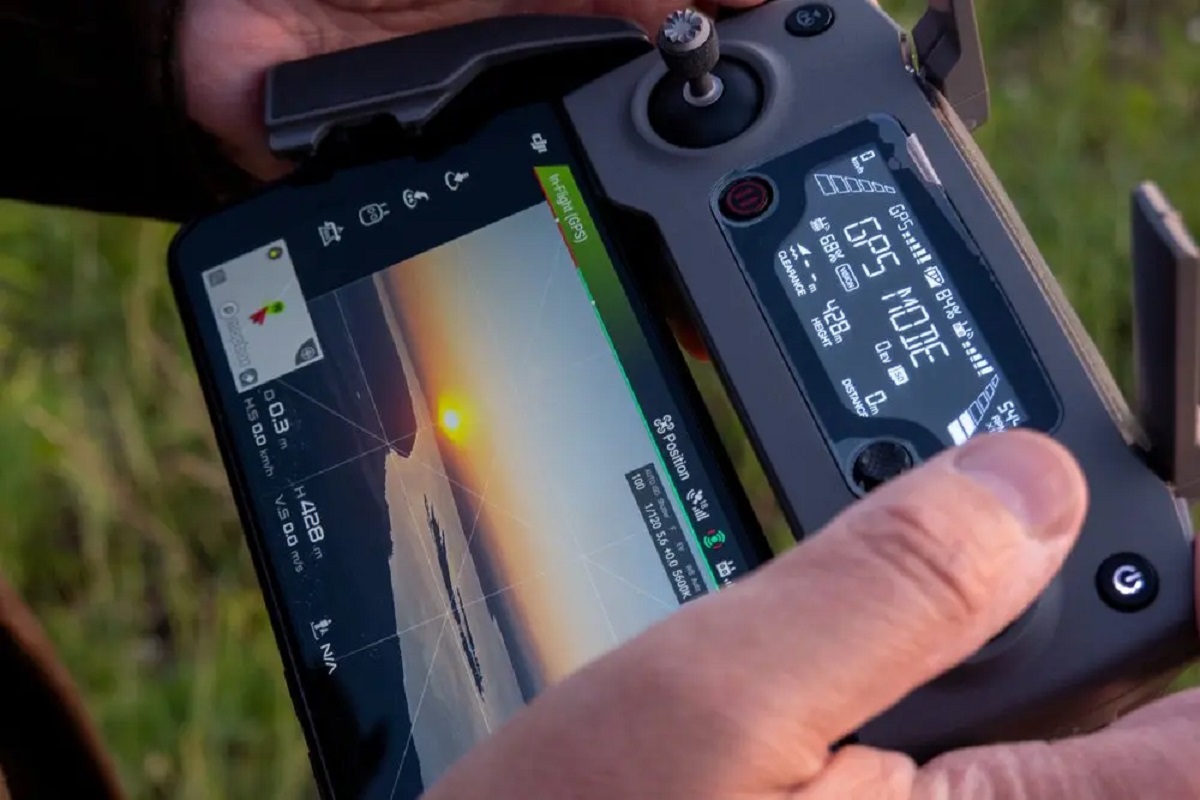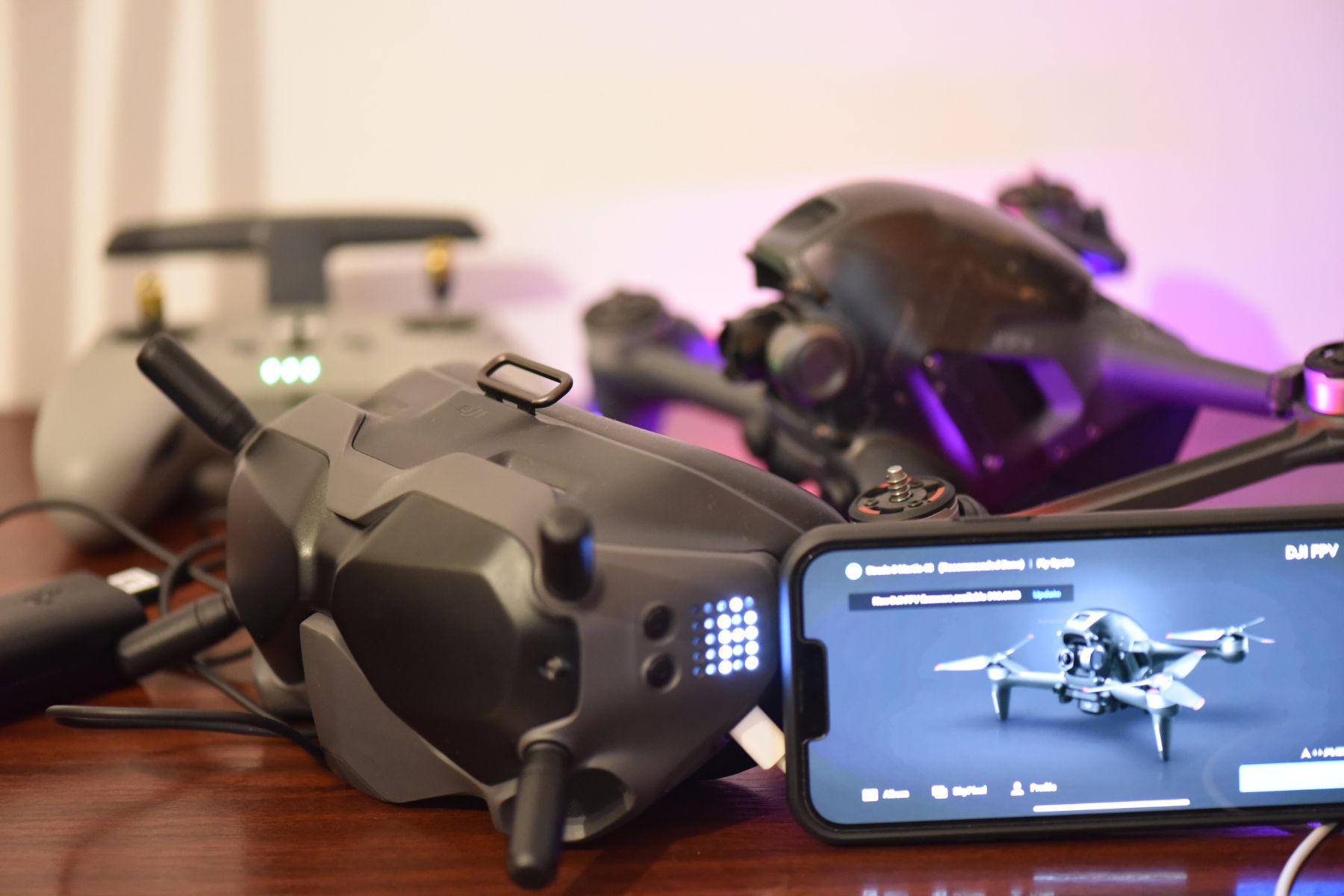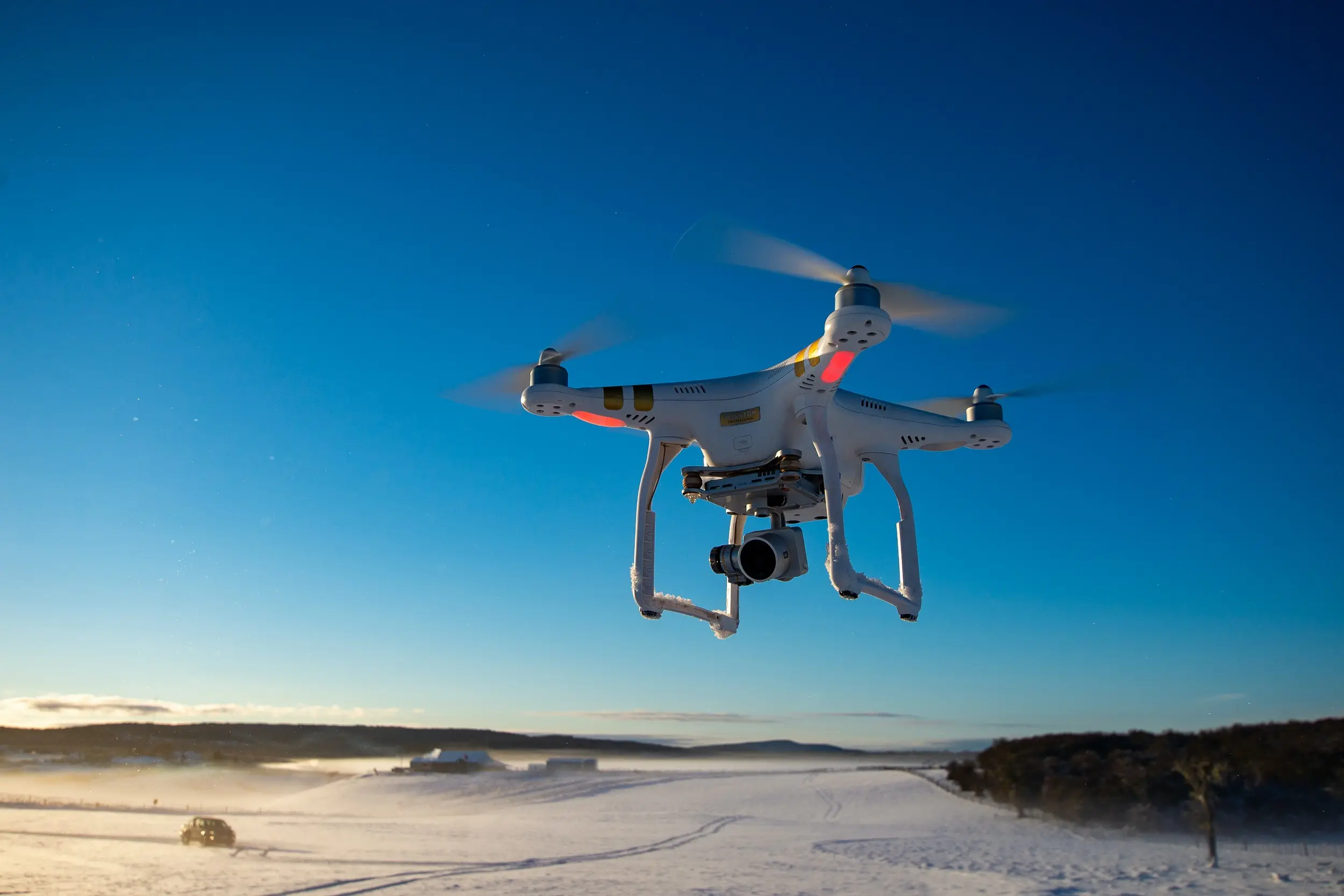Introduction
Drones have taken the world by storm, revolutionizing industries, hobbies, and even the way we capture stunning aerial footage. With their maneuverability and advanced technology, drones offer endless possibilities. But have you ever wondered just how far you can fly a drone? In this article, we will explore the factors affecting drone flights, the regulations and legal limitations, and techniques to extend drone range.
As drones become more popular, understanding their range and limitations is essential. Whether you are a professional aerial photographer, an enthusiast exploring new areas, or a commercial entity using drones for research, knowing the maximum distance your drone can fly is crucial for planning your flights effectively.
Before we delve into the specifics, it is important to note that the range of a drone can vary greatly depending on several factors. These factors include the type of drone, its battery capacity, weather conditions, and even the presence of interference. By understanding these variables, you can make informed decisions and maximize your drone’s flight capabilities.
Furthermore, it is important to stay abreast of local regulations and legal limitations. Flying a drone beyond the allowable distance or in restricted airspace can result in fines or even the confiscation of your drone. Therefore, always check with local aviation authorities and comply with the rules and regulations.
In the following sections, we will explore how drone range relates to flight time and the maximum distance drones can fly. We will also discuss advanced techniques and accessories that can extend your drone’s range, as well as provide tips for maximizing your drone’s flight distance. With this knowledge, you will be able to take your drone flights to new heights and uncover breathtaking perspectives.
Factors Affecting Drone Flights
Several factors can significantly impact the performance and range of your drone. Understanding these factors will help you make the most of your drone flights and ensure a safe and enjoyable experience.
1. Drone Type: The type of drone you own plays a crucial role in determining its flight capabilities. Different drones have various weight, size, motor power, and aerodynamic designs, which can affect their range. Generally, larger and more advanced drones tend to have longer flight ranges compared to smaller, entry-level models.
2. Battery Capacity: The battery capacity directly impacts the flight time and range of your drone. Drones typically use lithium polymer (LiPo) batteries, which have a limited energy capacity. Higher capacity batteries provide longer flight times and, consequently, allow you to cover greater distances. It is essential to invest in spare batteries and monitor their condition to maximize your drone’s flight range.
3. Weather Conditions: Weather conditions can significantly affect your drone’s flight range. Strong winds can hamper your drone’s ability to maintain stable flight, causing it to consume more power, reducing its range, and potentially leading to a forced landing. Additionally, extreme temperatures can affect battery performance. It is crucial to check weather forecasts and avoid flying in adverse conditions.
4. Interference: Interference from other electronic devices or radio signals can disrupt the connection between your drone and its controller, leading to reduced range. Areas with high electromagnetic interference, such as near power lines or crowded urban environments, can negatively impact your drone’s flight range. Choosing a clear and open airspace will help minimize interference.
5. Elevation and Obstacles: Flying at higher altitudes or in areas with obstacles can affect your drone’s range. The higher you fly, the thinner the air becomes, which can reduce the efficiency of the motors and decrease the flight range. Additionally, flying in densely populated areas or areas with tall buildings can limit the distance your drone can travel due to signal obstructions and restricted airspace.
By considering these factors and their impact on your drone’s flight capabilities, you can plan your flights accordingly. It is crucial to assess the specific conditions and limitations of your drone to ensure that you optimize its range and operate within safe parameters.
Drone Range vs. Flight Time
When discussing the capabilities of drones, it is essential to understand the difference between range and flight time. The range refers to the maximum distance a drone can travel from its controller before losing connection, while flight time refers to the duration the drone can remain airborne before the battery is depleted.
Drone range and flight time are closely related but not interchangeable. A drone with longer flight time may not necessarily have a larger range, as the distance it can cover depends on various factors, including battery capacity and signal strength.
The flight time of a drone is primarily determined by its battery capacity. Higher capacity batteries allow for longer flight times, thus enabling drones to cover greater distances. However, it is crucial to note that factors such as wind conditions, payload weight, and flight maneuvers can also affect the actual flight time.
On the other hand, the range of a drone is influenced by factors such as signal strength, operating frequency, and environmental conditions. Drones that operate on higher frequencies, like 2.4 GHz, generally have better range capabilities compared to those using lower frequencies. Additionally, flying in open areas with minimal interference can significantly increase the range of a drone.
It’s important to consider the trade-off between drone range and flight time. Longer flight times often result in reduced range due to the increased power consumption. Conversely, prioritizing a longer range may require sacrificing flight time as the drone may need to operate at higher speeds or against stronger winds to cover larger distances.
Manufacturers usually provide estimated ranges and flight times for their drones, but it is important to keep in mind that these values are based on optimal conditions and may vary in real-world scenarios. Factors such as wind, temperature, and interference can significantly affect the actual performance of a drone.
By understanding the relationship between drone range and flight time, you can plan your flights more effectively and make informed decisions. Assessing your specific requirements and considering the environmental factors will help you determine the ideal balance between range and flight time for your drone operations.
Regulations and Legal Limitations
Operating a drone is subject to certain regulations and legal limitations imposed by aviation authorities in different countries. These regulations are in place to ensure the safety and privacy of individuals and to prevent any potential hazards or misuse of drones. It is crucial to be aware of and abide by these regulations to avoid any legal consequences and maintain responsible drone operation.
The specific regulations and legal limitations surrounding drone flights vary from country to country and even within different regions. It is essential to research and understand the rules set forth by your local aviation authority or regulatory body. Here are some common regulations and legal limitations you should be familiar with:
1. Registration: Many countries require drones to be registered before they can be legally operated. This process usually involves providing basic information about the drone and the operator to ensure accountability.
2. Operator Certification: Some countries may require operators to obtain certification or licenses to fly drones commercially. This certification usually involves passing a knowledge test and demonstrating proficiency in drone operations to ensure safe and responsible flying.
3. Restricted Airspace: Certain areas, such as airports, military installations, and other sensitive locations, are restricted from drone flights. It is important to check and adhere to the no-fly zones and restricted airspace designated by aviation authorities.
4. Flight Restrictions: Various restrictions may be imposed on drone flights, such as limitations on flying over crowds, near buildings, or above a certain altitude. These restrictions are in place to safeguard public safety and privacy.
5. Visual Line of Sight (VLOS): In many countries, drones must be flown within the visual line of sight of the operator. This means the operator must be able to see the drone at all times without the aid of binoculars or other optical devices.
It is important to note that regulations and legal limitations may change over time, so it is crucial to stay updated with the latest requirements. Familiarize yourself with the specific rules and guidelines relevant to your location to ensure compliance and responsible drone operation.
By adhering to regulations and legal limitations, you not only stay on the right side of the law but also contribute to the overall safety and reputation of the drone community. Responsible drone operation helps to foster a positive environment for both recreational and commercial drone use, ensuring that drones continue to be a valuable tool with minimal negative impact.
Maximum Distance Drones Can Fly
The maximum distance a drone can fly is influenced by several factors, including its design, battery capacity, signal strength, and legal restrictions. While the specific range of a drone varies from model to model, it is essential to understand the limitations imposed by these factors to make informed decisions about your drone flights.
The range of drones can vary greatly depending on their purpose and design. Entry-level consumer drones typically have a range of around 100-500 meters, while professional-grade drones can have a range of several kilometers or more. It is important to check the specifications of your specific drone model to determine its maximum range.
Battery capacity is a significant factor in determining the drone’s flight range. The higher the battery capacity, the longer the flight time and potential range. However, it is essential to note that flying at maximum range continuously will deplete the battery quicker, reducing the overall flight time. Therefore, it is crucial to strike a balance between range and flight time based on your specific requirements.
Signal strength is another crucial factor that affects the maximum distance a drone can fly. Drones rely on radio frequency signals to communicate with their controllers, and obstacles or interference can weaken the signal and limit the drone’s range. Flying in open areas with minimal interference can help maximize the drone’s range by promoting stronger signal reception.
It is important to consider the legal restrictions imposed on drone flights. Authorities in many countries and regions have established guidelines regarding drone operations, which may include limitations on the maximum distance a drone can fly. These restrictions are in place to ensure safety, privacy, and compliance with airspace regulations. It is essential to familiarize yourself with these regulations and operate within the legal boundaries.
It is worth mentioning that attempting to fly a drone beyond its maximum range can result in the loss of control and signal, leading to potential accidents or even losing the drone altogether. Therefore, it is crucial to avoid pushing the limits of your drone’s range and ensure a safe and controlled flight experience.
Overall, the maximum distance a drone can fly depends on various factors such as battery capacity, signal strength, design, and legal limitations. Understanding these factors and operating within their constraints will help you make the most of your drone’s flight capabilities while ensuring safety and compliance with regulations.
Advanced Techniques to Extend Drone Range
If you’re looking to push the boundaries of your drone’s range, there are some advanced techniques you can employ to maximize your flight distance. While these techniques may require additional skill and equipment, they can extend your drone’s range and help you capture breathtaking footage from greater distances.
1. Antenna Upgrades: Upgrading the antennas on both your drone and its controller can significantly improve signal strength and range. Consider investing in high-gain antennas or directional antennas for increased signal reception and transmission capabilities. This can help overcome signal interference and extend the range of your drone.
2. Signal Boosters: Signal boosters or range extenders are external devices that amplify the signal between your drone and the controller. By attaching a signal booster to your drone’s antennas, you can enhance the communication range and overcome obstacles that may impede the signal. Always ensure that the signal booster is compatible with your drone model for optimal performance.
3. Modify Transmitter Power: Some drones allow you to adjust the transmitter power output. By increasing the transmitter power, you can increase the signal strength and extend the range of your drone. However, it is crucial to check local regulations regarding transmitter power limits and ensure compliance.
4. Flight Mode Optimization: Optimizing your drone’s flight mode settings can help conserve battery power and increase flight time, allowing for longer range. Configure your drone to fly in a more efficient mode, such as a lower speed or reduced power consumption setting, to extend its range. However, be mindful of the drone’s maneuverability and responsiveness when operating in optimized flight modes.
5. Battery Management: Efficient battery management is crucial for extending drone range. Consider investing in high-capacity batteries or carrying extra batteries to ensure a longer flight time. Additionally, optimize your drone’s power settings to minimize power consumption and maximize flight range.
It is important to note that implementing these advanced techniques may require technical expertise and understanding of your specific drone model. Ensure that you thoroughly research and understand the modifications and upgrades before implementing them. In some cases, modifications may also affect the warranty or may not be allowed under local regulations, so always check with the manufacturer and local aviation authorities.
By employing advanced techniques to extend your drone’s range, you can explore new horizons and capture stunning aerial footage from greater distances. However, always prioritize safety, respect the legal limitations, and operate within your skill level and the capabilities of your drone.
Drone Range Extender Accessories
If you’re looking to extend the range of your drone without making major modifications, there are various range extender accessories available in the market. These accessories can enhance your drone’s signal reception and transmission capabilities, allowing for extended flight distances. Here are some popular drone range extender accessories to consider:
1. Signal Boosters: Signal boosters are external devices that attach to your drone’s antennas. They amplify the signal between the drone and the controller, increasing the range and overcoming signal interference. Signal boosters come in different shapes and sizes, so choose one that is compatible with your drone model and provides optimal performance.
2. Directional Antennas: Directional antennas are designed to focus the signal in a particular direction, providing improved range and signal strength. These antennas are often used in conjunction with signal boosters and can help overcome obstacles and interference. They provide a more focused signal transmission and reception, allowing for extended drone range.
3. Range Extender Kits: Range extender kits include a combination of signal boosters, antennas, and other accessories designed to enhance the drone’s range. These kits often provide a comprehensive solution for improving signal strength and extending flight distances. They are specifically designed for popular drone models and offer a convenient way to boost your drone’s range.
4. Parabolic Reflectors: Parabolic reflectors attach to your drone’s antennas and help focus the signal in a specific direction. They work by reflecting the signal waves, increasing their strength and coverage. Parabolic reflectors are lightweight and easy to attach, making them a popular choice for enhancing drone range without major modifications.
5. High-gain Antennas: High-gain antennas are designed to provide greater signal reception and transmission capabilities. They offer an increased range by capturing and transmitting signals over longer distances. High-gain antennas are available in different forms, such as omni-directional and semi-directional, allowing you to choose the best option based on your specific needs.
When selecting range extender accessories, it is important to consider compatibility with your drone model, ease of installation, and the specific range extension capabilities offered. Additionally, it’s essential to follow the manufacturer’s instructions for proper installation and usage of these accessories to ensure optimal performance and safe operation.
By incorporating range extender accessories into your drone setup, you can significantly increase the range and explore new possibilities. However, always prioritize safety, respect local regulations, and operate within the limitations of your drone’s capabilities.
Tips for Maximizing Drone Flight Distance
If you want to maximize the flight distance of your drone and explore new territories, here are some tips to help you make the most of your drone’s capabilities:
1. Fly in Open Spaces: To extend your drone’s range, choose open areas with minimal obstruction. Flying in open spaces reduces interference and allows for better signal reception, enabling your drone to cover greater distances.
2. Optimize Signal Strength: Ensure that both your drone and controller are properly positioned to maximize signal strength. Avoid standing in direct line-of-sight obstacles between the controller and the drone. Maintain a clear line of sight to maximize signal strength and minimize signal interference.
3. Fly in Good Weather Conditions: Wind and other adverse weather conditions can greatly impact your drone’s flight range. Fly on calm days with minimal wind to optimize flight distance. Extreme temperatures, such as freezing cold or scorching heat, can also affect battery performance, so consider flying in moderate weather conditions.
4. Optimize Flight Mode: Select an efficient flight mode that conserves battery power while still achieving your desired flight distance. Slower flight modes or lower power settings can help extend your drone’s flight time and range.
5. Upgrade to High-Capacity Batteries: Investing in high-capacity batteries gives your drone an extended flight time, allowing it to cover more ground. Ensure that the batteries are compatible with your drone model and follow proper battery care and maintenance guidelines.
6. Manage Payload Weight: Reduce unnecessary payload weight on your drone as it can impact flight time and range. Avoid carrying excess equipment or accessories that are not needed for your specific flight mission.
7. Monitor Battery Levels: Keep a close eye on your drone’s battery levels during flight. Set battery alerts or use visual cues to monitor the remaining power. Return to home or land the drone safely before the battery reaches critically low levels to prevent forced landings mid-flight.
8. Plan Your Flight Path: Map out your flight path in advance to ensure that you cover the maximum distance efficiently. Consider factors such as wind direction, potential obstacles, and restricted areas to optimize your flight range.
9. Practice Line-of-Sight Flying: Maintain visual contact with your drone at all times. Flying within the visual line of sight (VLOS) helps you maintain control of the drone and allows for better navigation and responsiveness, ensuring safe and extended flights.
10. Stay Updated with Firmware Updates: Manufacturers often release firmware updates that improve drone performance and range. Check for firmware updates regularly and install them to benefit from the latest enhancements.
By following these tips, you can maximize the flight distance of your drone and explore new horizons. However, always prioritize safety, obey local regulations, and operate within your skill level and the capabilities of your drone.
Conclusion
Drones have opened up a world of possibilities, allowing us to capture breathtaking aerial footage and explore new perspectives. Understanding the factors affecting drone flights, such as drone type, battery capacity, weather conditions, and interference, is essential for maximizing your drone’s range and flight distance.
While drone range and flight time are closely related, they are not interchangeable. The range refers to the maximum distance a drone can travel before losing connection, while flight time represents the duration the drone can remain airborne before the battery is depleted. By considering these factors, you can plan your flights effectively and make the most of your drone’s capabilities.
It is also important to abide by regulations and legal limitations governing drone operations. Familiarize yourself with the rules and restrictions set forth by your local aviation authority to ensure safety, privacy, and compliance with airspace regulations. Responsible drone operation plays a crucial role in maintaining a positive and sustainable drone community.
While the maximum distance a drone can fly depends on various factors, advanced techniques such as antenna upgrades, signal boosters, and flight mode optimization can extend the drone’s range. Additionally, range extender accessories like signal boosters, directional antennas, and high-gain antennas can significantly improve signal reception and transmission, enhancing your drone’s range capabilities.
To maximize your drone’s flight distance, follow tips such as flying in open spaces, optimizing signal strength, flying in good weather conditions, and managing payload weight. Furthermore, keep battery levels in check, plan your flight path, stay updated with firmware updates, and practice line-of-sight flying to ensure safe and extended flights.
By understanding the limitations and implementing these strategies, you can push the boundaries of your drone’s range and capture stunning aerial footage from greater distances. However, always prioritize safety, adhere to local regulations, and operate within the capabilities of your drone and your own skill level. Enjoy the incredible possibilities that drones offer while respecting the environment and the privacy of others.









